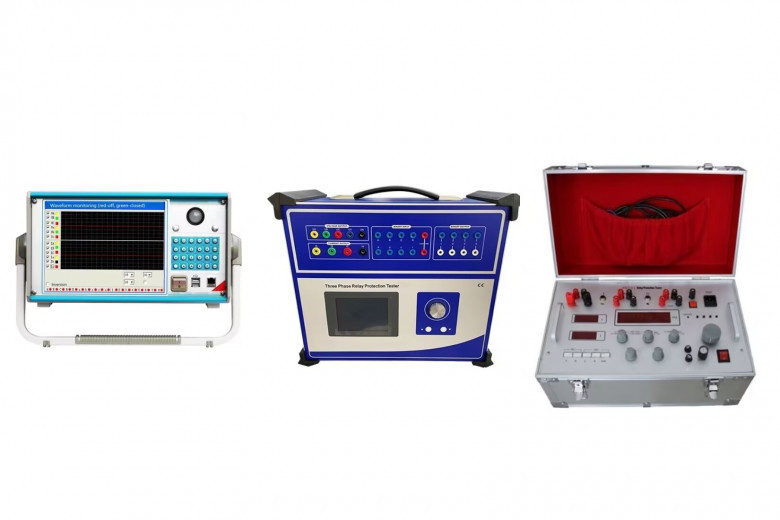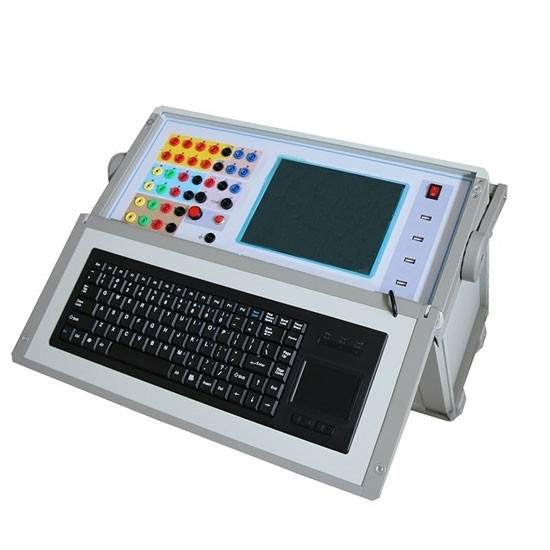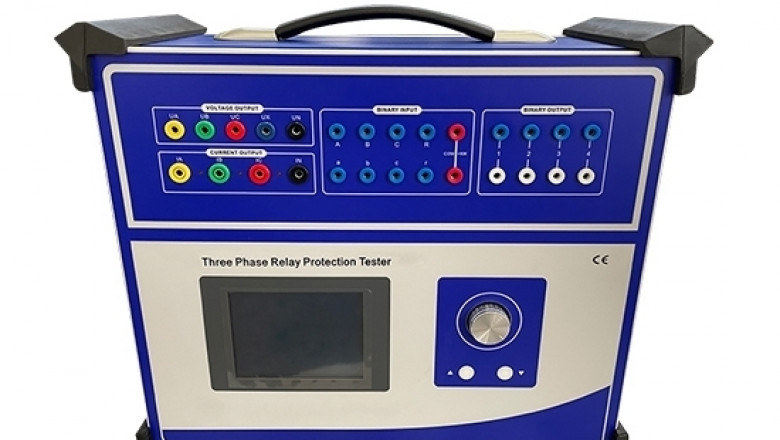views
Main Functions of Relay Testers
Relay testers are instruments designed to detect and verify the function of relays. They can help users check whether relays are working properly under expected conditions, including the coil resistance, contact status, and switching function of the relays. The main functions of relay testers include:
- Switch Function Test: Relay testers can simulate control signals and detect whether the relay can correctly switch the state when receiving the control signal. The tester activates the relay coil and observes whether the relay contacts open and close according to the design requirements.
- Coil Resistance Measurement: Advanced relay testers can measure the resistance value of the relay coil. This is essential to check whether the coil is open or short-circuited. The coil resistance measurement helps determine whether the relay is still working properly.
- Contact Status Check: The tester can detect the conduction of the relay contacts. When the relay is in the activated and inactive states, it checks whether the contacts can be properly turned on or off to ensure that the relay switching function is normal.
- Working Environment Simulation: Relay testers can usually simulate the actual working environment and test the performance of the relay under various conditions by providing different control signals. This function helps users understand the reliability of the relay in actual applications.
Features and Specifications
ATO Relay Testers come in various models, each tailored to specific testing requirements. These include single-phase, three-phase, and six-phase relay testers, with each model boasting unique features and capabilities.

Microcomputer Control and User-Friendly Interface
ATO Relay Testers are equipped with microcomputer control systems, providing high automation and precision. The testers feature large LCD displays with high resolution, making it easy to read and interpret test data.
Powerful Output Capabilities
These testers can output a wide range of currents and voltages, making them suitable for testing various types of relays and protective devices. The 6 Phase Relay Tester can output up to 30A per phase for AC current and up to 125V per phase for AC voltage. It also supports parallel connections for higher current outputs, reaching up to 180A.
Comprehensive Protection Measures
ATO Relay Testers are designed with reliability in mind. They come with built-in protection mechanisms to prevent damage from overloads, short circuits, and other potential issues. The testers also feature real-time data storage, ensuring that test results are not lost during operation.
Advanced Software and Connectivity
The testers are equipped with high-quality Windows-based software, allowing for seamless operation and data analysis. They support USB connectivity, enabling easy data transfer and software updates.
How to Choose a Relay Tester
When choosing a suitable relay tester, you first need to decide on the function based on the type of relay and test requirements. For basic switch function testing, manual testers are usually sufficient, but if more complex test tasks are involved, such as automated systems or situations that require detailed test reports, automatic testers may be more suitable.

Additionally, the tester's measurement range and accuracy must meet actual needs. For example, the resistance measurement range needs to cover the resistance value range of the tested relay to ensure the accuracy of the test results.
Another important consideration is ease of operation. Choosing a tester that is easy to operate can improve test efficiency, especially when testing is performed frequently. Automated testers generally provide a better user experience and ease of operation. Finally, the durability and reliability of the tester cannot be ignored. High-quality testers can maintain stable performance and accurate test results over long-term use, ensuring the continued reliability of the testing process.
Conclusion
Relay testers play a crucial role in maintaining and diagnosing electrical systems. By accurately testing and verifying the function of relays, users can ensure the stability and reliability of electrical systems. Whether choosing a manual or automatic tester, understanding its functions and features and selecting according to actual needs are key steps to ensure the normal operation of relays.














Comments
0 comment